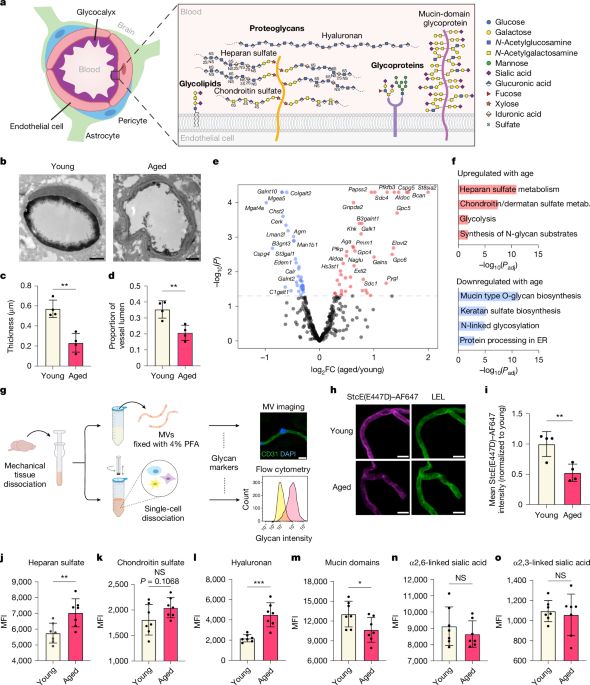Alan Cartmell
@acartmell47.bsky.social
94 followers
130 following
16 posts
Glycobiology | Structural biology | Enzymology | Host glycans | Sulfation | Gut microbiome | CAZymes!
Posts
Media
Videos
Starter Packs
Alan Cartmell
@acartmell47.bsky.social
· Jul 16
Alan Cartmell
@acartmell47.bsky.social
· Jul 10
Alan Cartmell
@acartmell47.bsky.social
· Jul 10
Reposted by Alan Cartmell
Reposted by Alan Cartmell
Reposted by Alan Cartmell
Chris Ashwood
@cashwood.proteaglyco.com
· Feb 21

Swift Universal Glycan Acquisition (SUGA) Enables Quantitative Glycan Profiling across Diverse Sample Types
The ability to rapidly analyze complex mixtures of glycans derived from glycoproteins is important, but techniques are often laborious and require multiple glycan derivatization steps. Here, we descri...
pubs.acs.org
Alan Cartmell
@acartmell47.bsky.social
· Feb 12
Alan Cartmell
@acartmell47.bsky.social
· Feb 12
Alan Cartmell
@acartmell47.bsky.social
· Feb 12

Bacterial polysaccharide lyase family 33: Specificity from an evolutionarily conserved binding tunnel | PNAS
Acidic glycans are essential for the biology of multicellular eukaryotes. To utilize
them, microbial life including symbionts and pathogens has evo...
www.pnas.org
Alan Cartmell
@acartmell47.bsky.social
· Feb 12
Reposted by Alan Cartmell
Leonhard Möckl
@lmoeckl.bsky.social
· Feb 10
Alan Cartmell
@acartmell47.bsky.social
· Dec 20







